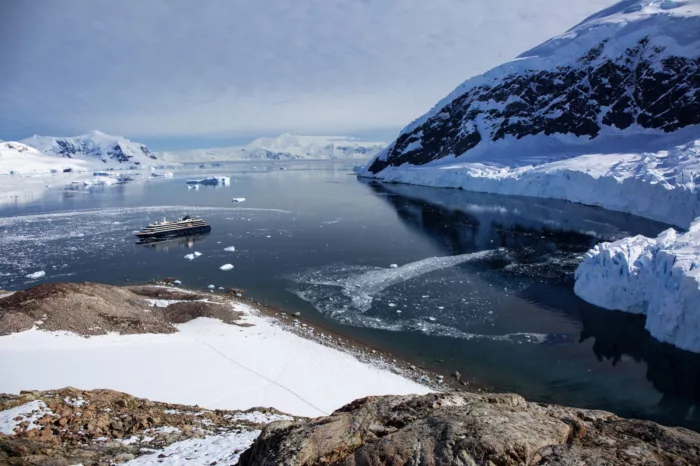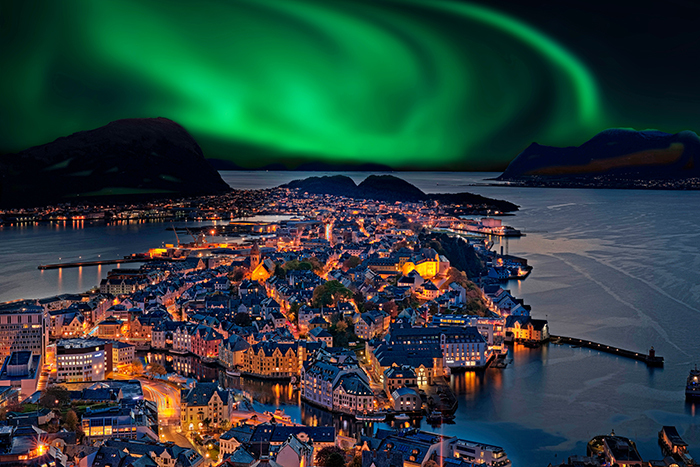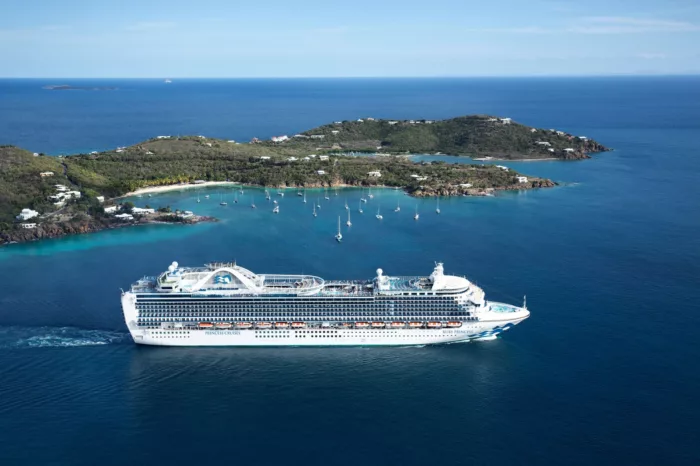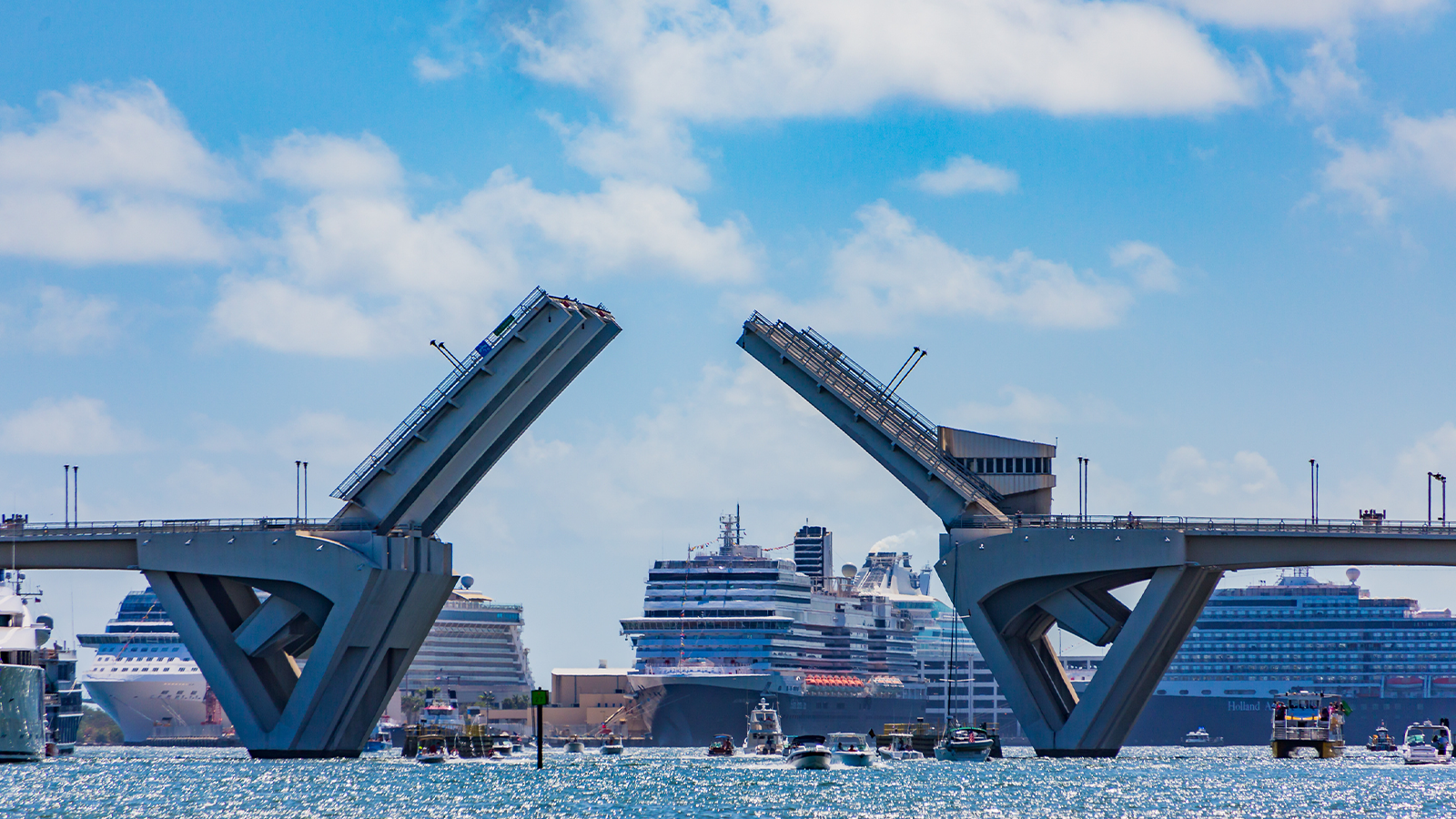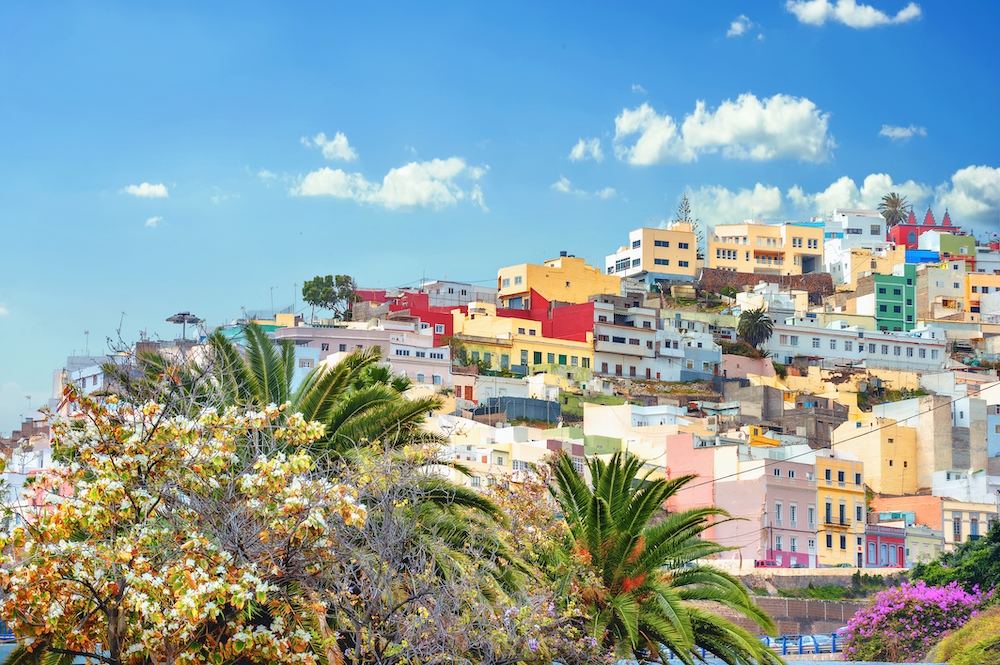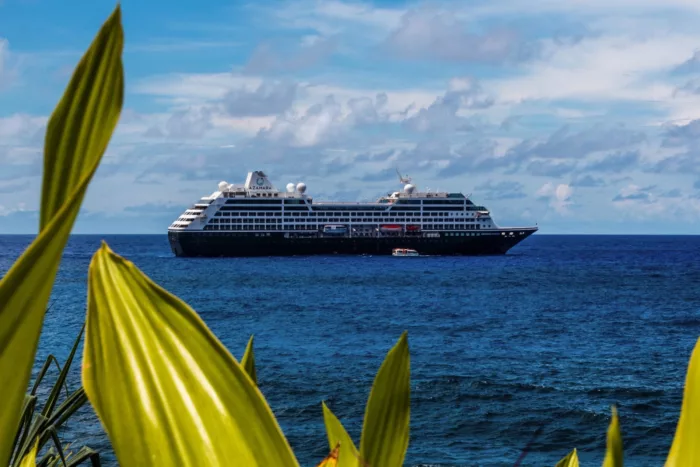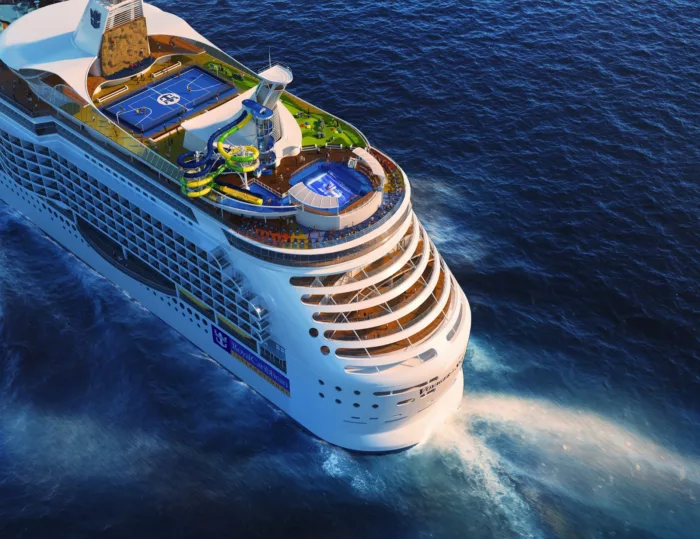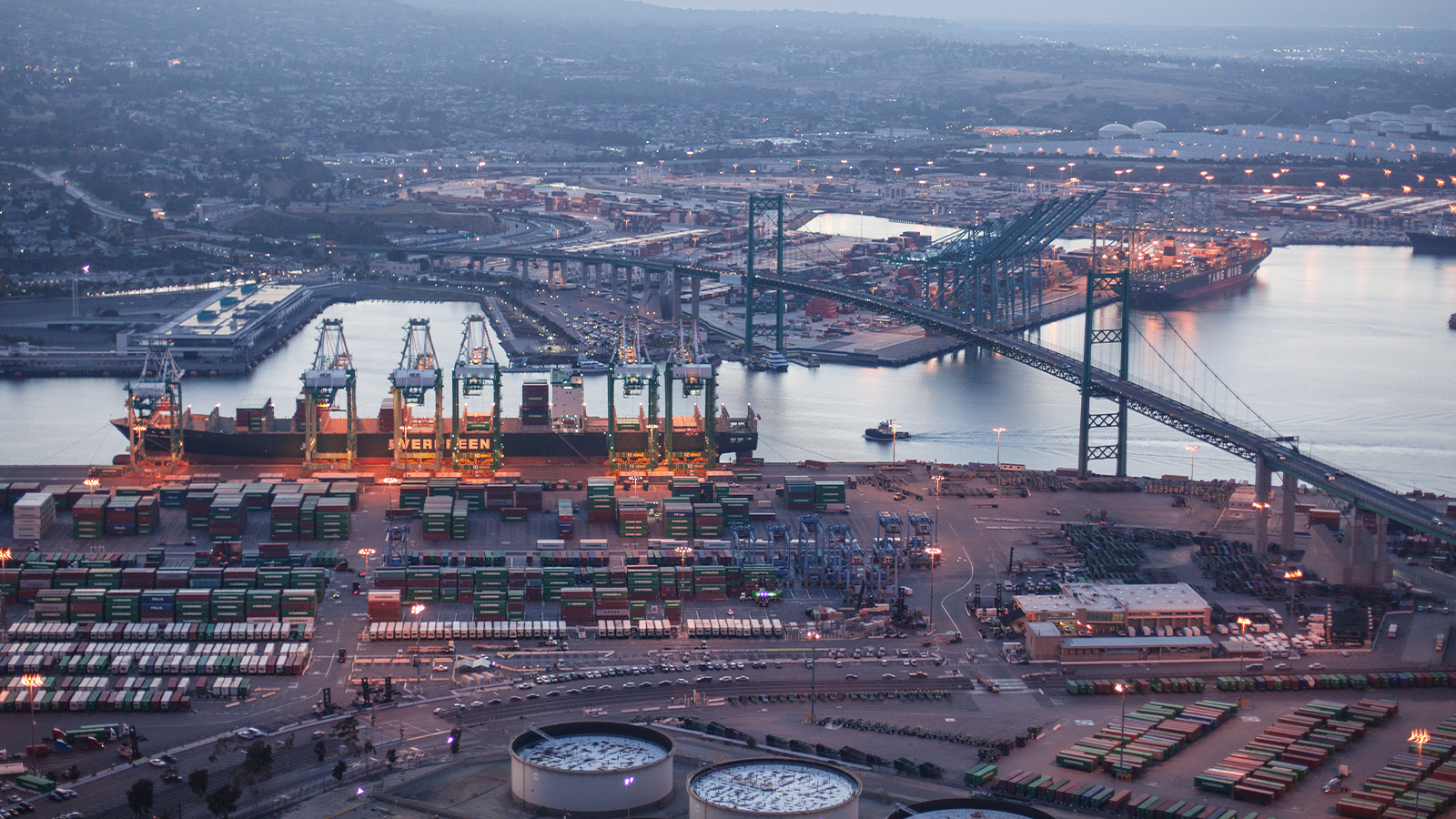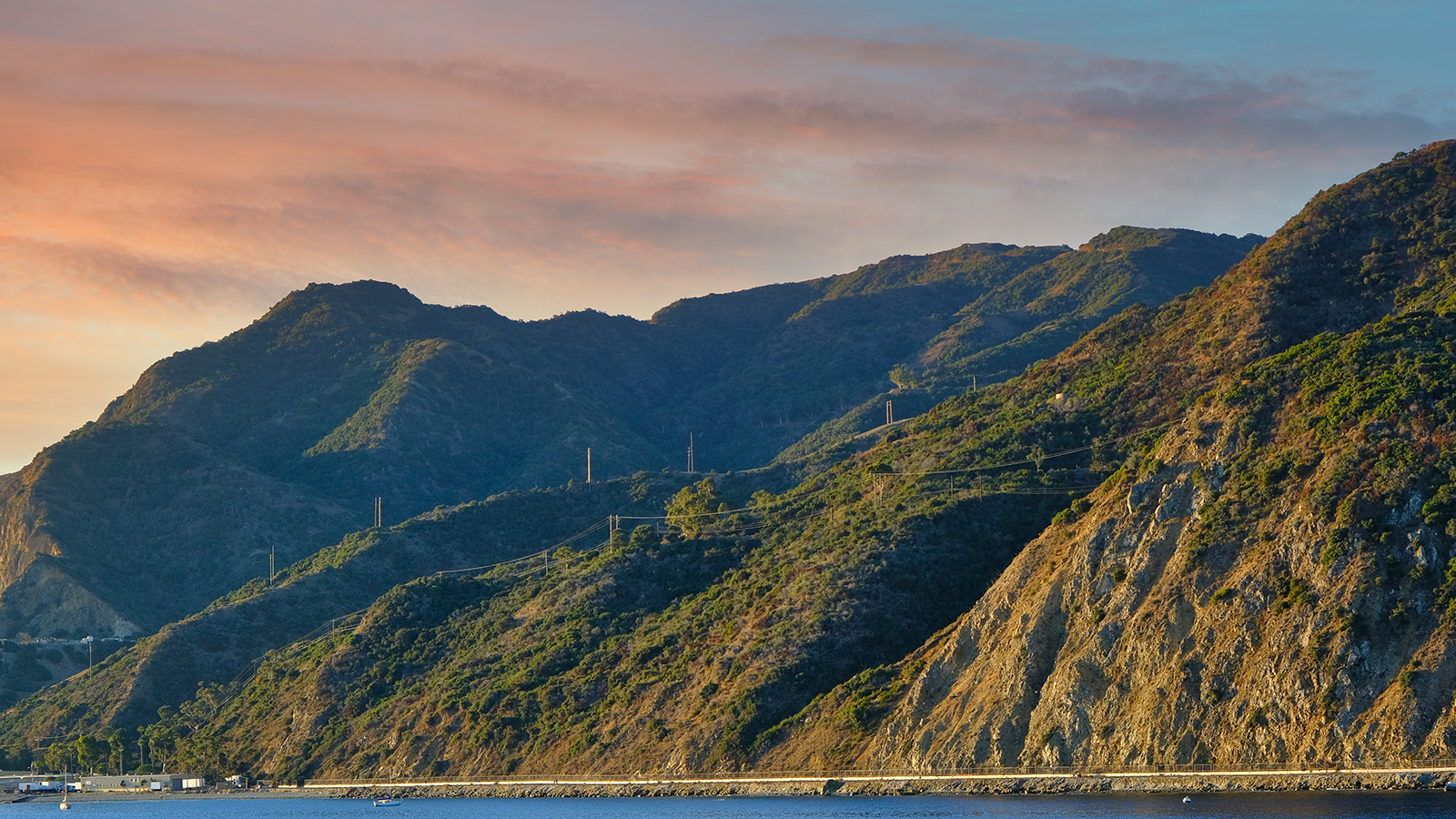
The miracle of Dunkirk: The RNLI in Operation Dynamo
Step back to one of the most pivotal moments of World War II – the Dunkirk evacuations, a saga of survival, resilience, and extraordinary heroism that unfolded at the end of May 1940. And, never far away when desperate help is required, the RNLI played their part during a nine-day stretch that defined our nation
Against the backdrop of Europe embroiled in chaos, over 338,000 Allied troops found themselves cornered on the beaches of Dunkirk, France, under relentless attack from German forces. What followed was not only a remarkable military operation, but a profound demonstration of human courage and solidarity. When our lads couldn't get home, home came for them.
Such a mantra was bound to attract the Royal National Lifeboat Institution, and sure enough, when delving into the records of the evacuation (May 26 – June 4, 1940), it's clear that the RNLI provided an imperative foundation for getting our boys back to Blighty.
Typical of the humility and discretion employed by the RNLI, their efforts throughout this mission deflect praise onto others. When documentaries and media focus on the efforts around Dunkirk's military evacuation, the RNLI is rarely given the spotlight.
As it was officially known, Operation Dynamo turned every available civilian and military vessel into a rescue fleet. With national resources at an all-time low, and the majority of larger ships subpoenaed for the war effort, it was down to a motley parade of over 800 boats, ranging from ex-Navy WWI vessels residing in London as a houseboat to humble fishing boats, all converging on Dunkirk's shores.
RNLI lifeboats and personnel nestled themselves firmly into the variegated fleet steering towards the coast of Dunkirk, without seeking witness or reward, under a sky radiant with the threat of Luftwaffe planes, while the seas churned with enemy U-boat activity.
The operation was monumental in the bravery and determination required simply to engage with the water – let alone traverse the English Channel in vessels with no defence or protection.
Yet, the spirit of determination – coined as 'Dunkirk Spirit' – was palpable as soldiers and civilians alike braved these perils, driven by a shared commitment to save as many lives as possible.
Each small boat that crossed the English Channel during those nine days carried not just soldiers, but stories of unimaginable bravery. Ordinary citizens, fishermen, and pleasure-cruisers navigated mine-infested waters, often under fire, to assist in the evacuation. And, amid this sterling action, those RNLI craft so typically required for rescuing souls from the sea found themselves racing against the clock like never before.
Their actions formed a poignant narrative of unity and sacrifice, emblematic of a nation pulling together in its darkest hour. The so-called 'Miracle of Dunkirk' provided a much-needed boost to British morale and became a celebrated chapter in the annals of human endurance.

The RNLI in Operation Dynamo
Operation Dynamo often referred to as the Miracle of Dunkirk – was a remarkable feat that saw an armada of civilian ships bravely cross the English Channel during World War II to rescue over 338,000 British and French soldiers.
The soldiers had become trapped in northern France, with German tanks closing in by land and an onslaught of dive-bombing from the Luftwaffe above. The British government knew it was only a matter of time. They had to intervene if their men and Britain’s allies stood any chance of survival.
The French port of Dunkirk was chosen as an embarkation point with three different routes mapped across the channel for sailing there. The British Admiralty appealed for assistance from the owners of small boats, located between Hull and Southampton, to participate in what would become known as Operation Dynamo.
Within 24 hours, a fleet of 700 little ships had assembled at Dover and they varied enormously. Some were ferries while others were passenger steamers, yachts, pleasure boats and fishing trawlers. Among them were 19 RNLI lifeboats, two of which were manned by the Ramsgate and Margate crews while the other 17 lifeboats were commanded by the Navy.

It was an admirable sight but the mission ahead was daunting. The ships would be primarily manned by civilian volunteers, sailing directly into waters being bombed by the Luftwaffe. It was a dangerous proposition, distinctly emphasised on May 28 when the Queen of the Channel steamer – who had picked up 950 soldiers at Dunkirk’s eastern breakwater – was bombed and sunk.
To the relief of many, those onboard Queen of the Channel had managed to transfer over to a British ferry but many other vessels would suffer a similar fate. In all, 243 ships were destroyed by the Luftwaffe, including eight destroyers and eight troop carriers. The peril of the mission was clear.
The British destroyers were having a degree of success in evacuating troops. On May 29, HMS Sabre completed three round trips with 47,310 men successfully evacuated that day.
However, the destroyers were too large to get close to Dunkirk and this is where the little ships were needed. Despite numerous risks including mines, torpedoes, dive-bombing and strafe attacks, the civilian armada bravely advanced in the hope of saving many in the British Expeditionary Force as well as French and Belgian troops.

RNLI: Dunkirk spirit
On their first day of action, more than 100 civilian boats helped rescue a total of 68,014 men while working in tandem with other ships. The little ships plugged the gap between the shallow waters by the shore and the larger ships that could quickly ferry the soldiers back to Britain.
Over several more days, a total of 338,226 soldiers were rescued from Dunkirk. This was a staggering number given that the Germans had promptly worked out what was going on and responded with even more intense Luftwaffe attacks. This forced much of the latter efforts of Operation Dynamo to be carried out overnight, in the pitch dark.
Despite the rescue resulting from British defeat in Europe, Dunkirk came to symbolise bravery and resistance to German might, delivering a big boost to British and allied morale. Many fond memories of the little ships remain as these modest vessels came to represent hope in the most bleak of circumstances.
Of the troops brought back to the UK, the RNLI lifeboats rescued 3,400 men. Combined with other RNLI rescues undertaken during the war years of 1939 and 1945, the total number of lives saved by the RNLI during the Second World War was no less than 6,376.

For their participation in Operation Dynamo, Coxswains Howard Knight and Edward Parker were awarded the Distinguished Service Medal for gallantry. Fittingly, all of the RNLI crew members who joined the little ships role in Operation Dynamo received the RNLI’s Thanks on Vellum to acknowledge their Dunkirk spirit.
A few years later, Winston Churchill would plan the D-day landings and sign the D-day declaration within his suite aboard RMS Queen Mary. This led to a military invasion of over 7,000 ships and 195,000 military personnel that would eventually cease the conflict in early May 1945.
The heroism of Dunkirk set a vital blueprint for the ongoing war effort. As British forces faced overwhelming odds, their extraordinary resilience and determination turned near-certain defeat into a miraculous evacuation.
This pivotal moment demonstrated to the world that even when outnumbered and under-equipped, the spirit of the British people remains unbroken and unyielding. Dunkirk's legacy of bravery and resolve continues to inspire, proving that in the face of adversity, the British cannot be beaten, forging a path of hope and strength for the future, as showcased in Christopher Nolan's cinematic Dunkirk blockbuster.
But, of course, the RNLI has always demonstrated that. And long may it remain.


